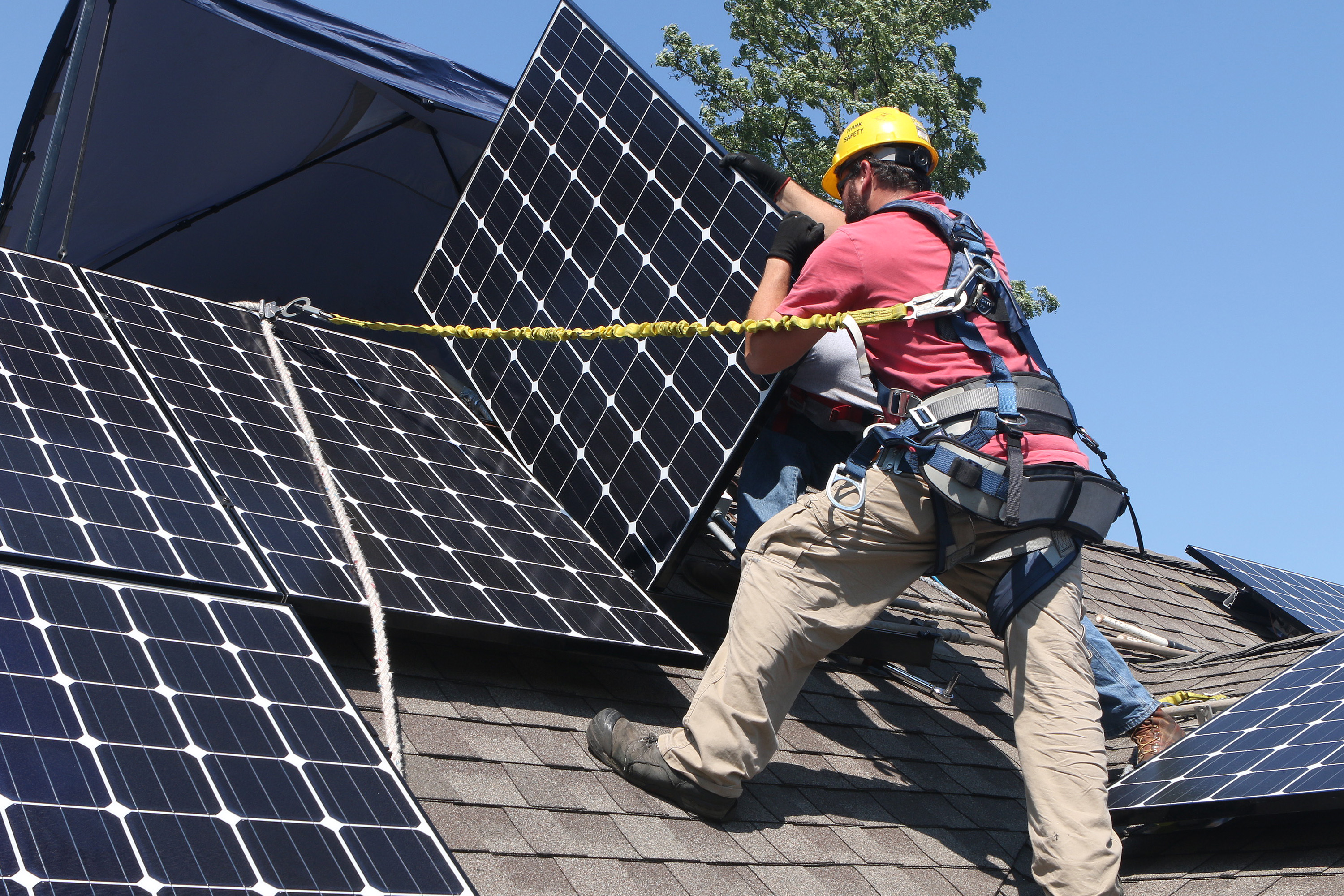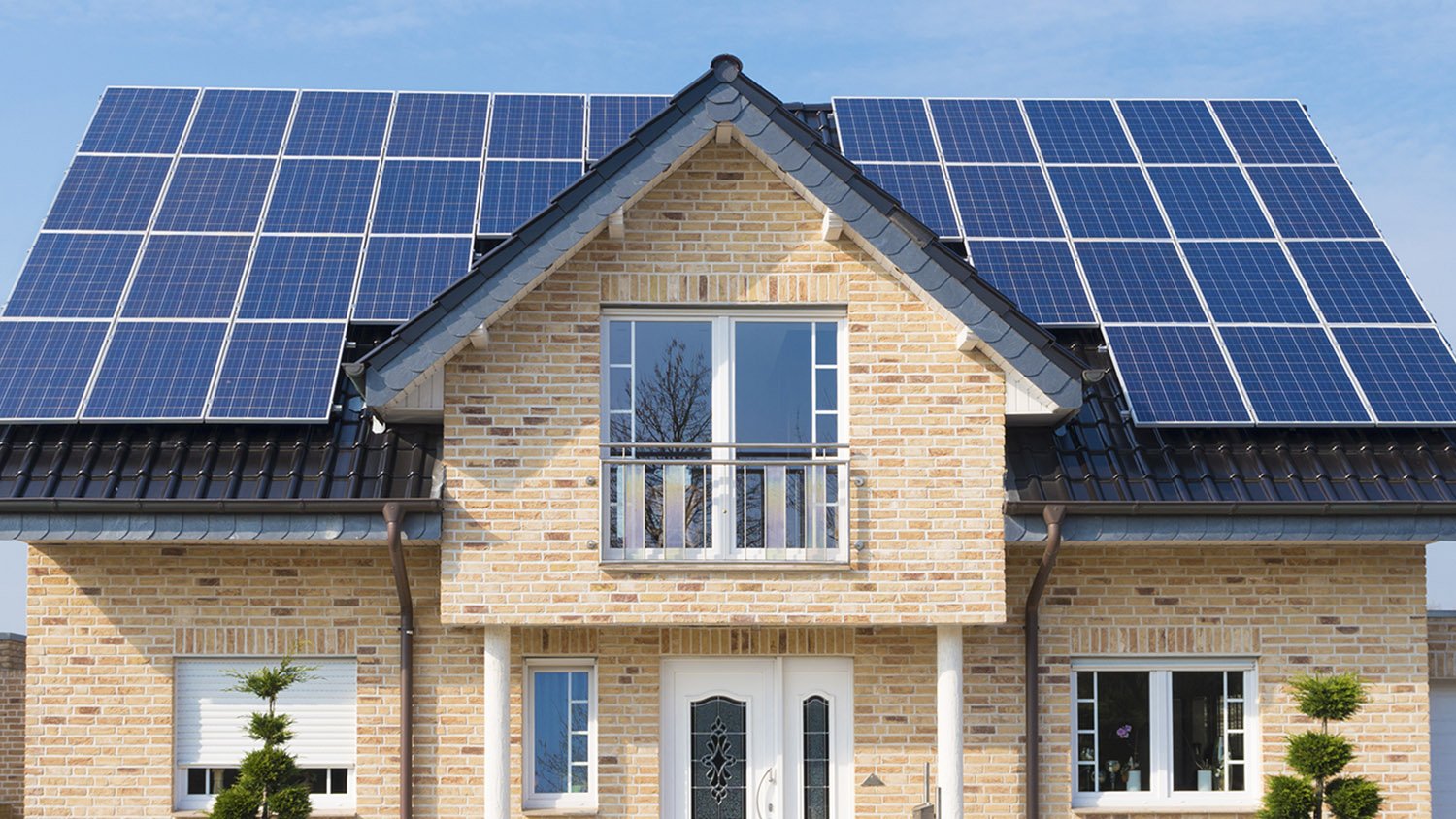Early Days

The early development of solar technologies starting in the 1860s was driven by an expectation that coal would soon become scarce, such as experiments by Augustin Mouchot. Charles Fritts installed the world's first rooftop photovoltaic solar array, using 1%-efficient selenium cells, on a New York City roof in 1884.
By the 1970s, solar power was being used on satellites, but the cost of solar power was considered to be unrealistic for conventional applications. In 1974 it was estimated that only six private homes in all of North America were entirely heated or cooled by functional solar power systems


